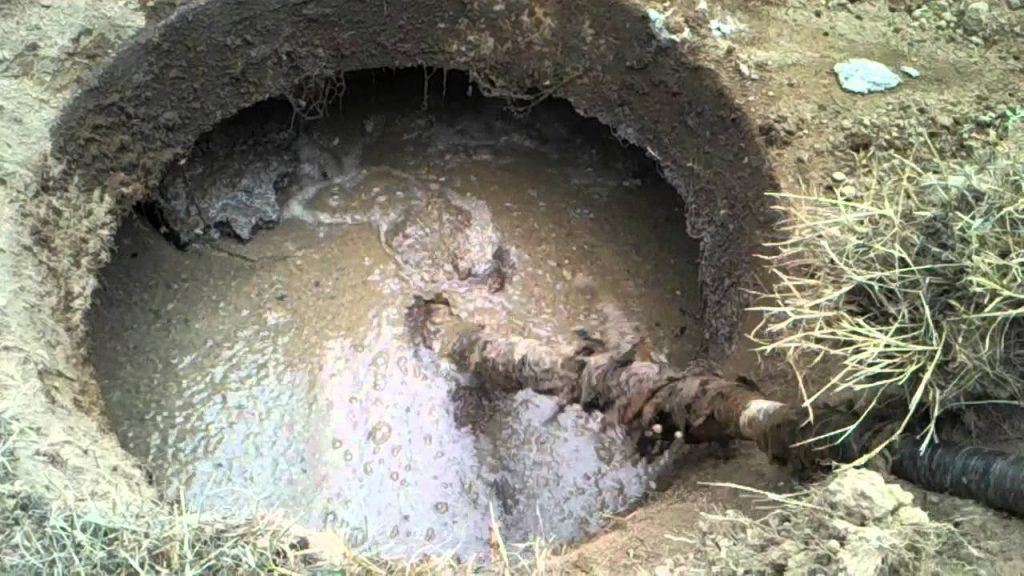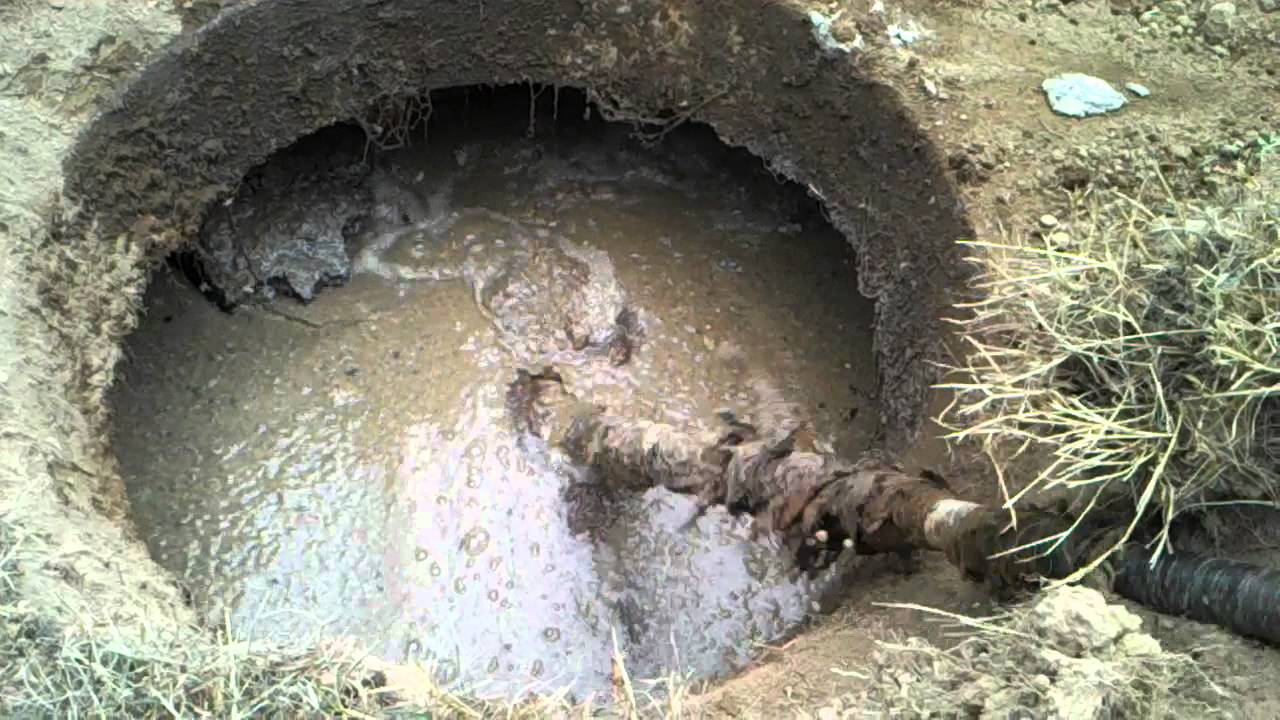
Modernization paved the way for the highly efficient means of delivering human waste into the cesspit system. Even with flushing toilets back then, the entire cesspit was still just a hole underneath the house foundation. Through pipe connections, the modern cesspit has collected human waste in a much more sanitized method. With this, the maintenance and care for the cesspit is also much more improved. It is definitely the homeowner’s responsibility to make sure that the wastewater treatment process goes smoothly. But there are times when the homeowner isn’t able to perform proper cesspit care. Cesspits tend to malfunction and require a cesspit bacterial shock treatment due to the following reasons:
- Neglecting pump outs for a long while
- Planting trees over the cesspit area
- Rain gutter drains over the cesspit
- Excessive use of dishwasher and washing machine
- Putting antibacterial soaps, solutions and strong chemicals into the system
- Throwing non-biodegradable materials and grease into the system
- Using the cesspit area as a venue for construction and as a driveway/parking lot
When the cesspit system malfunctions, it’s up to the septic expert to determine what causes it. If he discovers that there has been no decomposition happening in the cesspit, it means that the bacterial population was wiped out or in jeopardy. This is where the cesspit bacteria chock treatment is administered.
Bacteria are the essential players in the cesspit wastewater treatment process. They degrade the solid wastes and recycle the effluent as it’s returned to the surrounding environment so that it won’t cause any harm to it or to the household.
Certain events may cause the bacterial population to be eliminated:
o The use of strong chemicals and antibacterial cleaners inside the home.
o The homeowner taking prescription medication such as antibiotics.
o Over use of domestic water.
The cesspit bacteria shock treatment aims to replenish the lost bacteria in the cesspit to reset the decomposition process. Through the use of large doses of non-pathogenic bacteria, the solid wastes are aggressively broken down to eliminate the blockages. During this process, cesspit odors are greatly reduced and eventually eliminated. The environment is kept safe from pollution because the cesspit bacteria shock treatment does not use chemicals at all.
There are already existing bacteria in your cesspit—anaerobic and aerobic. The anaerobic bacteria reside in the cesspit itself. They break down the solid waste materials that come in with the wastewater. The clear, pre-treated effluent then disperses into the soil absorption system through the holes along the sides of the cesspit. When the effluent reaches the soil absorption system, the aerobic bacteria takes action. They break down the very tiny traces of solid waste in the effluent. The bio-mat then filters the effluent, getting rid of the pathogens and contaminants before it’s returned to the surrounding systems. The bio-mat is regulated by the aerobic bacteria by consumption, making sure that it doesn’t become too thick to block the soil absorption system.
If people inside the home are on a long-term antibiotic therapy, the cesspit bacteria shock treatment should be done more frequently. The cleaning products in the home should be changed into bacteria-friendly and biodegradable products that will not affect the resident bacteria in the cesspit. It’s really important to keep the bacteria in good shape and in the right numbers for the cesspit process to keep flowing.
Even with the use of the cesspit bacteria shock treatment, you have to adhere to the pump out schedule that was set with the septic expert. This ensures that the sludge level in the cesspit does not go uncontrolled and clog the system. You should help the bacteria in the cesspit shock treatment. Pumping out the cesspit is the most basic of all the homeowner’s responsibilities to the cesspit system. Talk to your septic expert about the proper scheduling of the pump out and the cesspit bacteria shock treatment.
